‘I’m a Dermatologist, and These Are the Skin-Care Swaps I’m Begging You To Make Between Now and June’
During the winter months, the lack of humidity in the air makes skin drier than it normally is during other times of the year. But once the cold starts to thaw, your skin kicks into high gear to start to normalize its own natural moisturizing factors. "Once the weather warms up and humidity increases, your skin may not need as much hydrating and moisturizing, and it may be better able to tolerate active ingredients that could be drying or irritating," says Hadley King, MD, board-certified dermatologist based in New York City. As a general rule, you should "replace products that are formulated primarily to be moisturizing and hydrating with products containing more active ingredients like antioxidants, alpha hydroxy acids, or retinoids," she explains.
Though skin dryness may be yesterday's news once spring hits, there's another subset of skin issues that tend to pop up when temperatures rise above 60 degrees. "As the humidity rises, it can lead to increased oil production and clogging," says Michele Farber, MD, a board-certified dermatologist with Schweiger Dermatology Group in Philadelphia. "With stronger sun, there is also an increased risk of UV damage, pigment changes, and photoaging—not to mention [a higher] skin cancer risk without proper sun protection."
With that in mind, there are a few simple skin-care swaps that dermatologists want you to make in your routine to help your skin brave the elements between now and June. Keep reading to find out what they are.
1. Switch out your heavier creams for lighter lotions
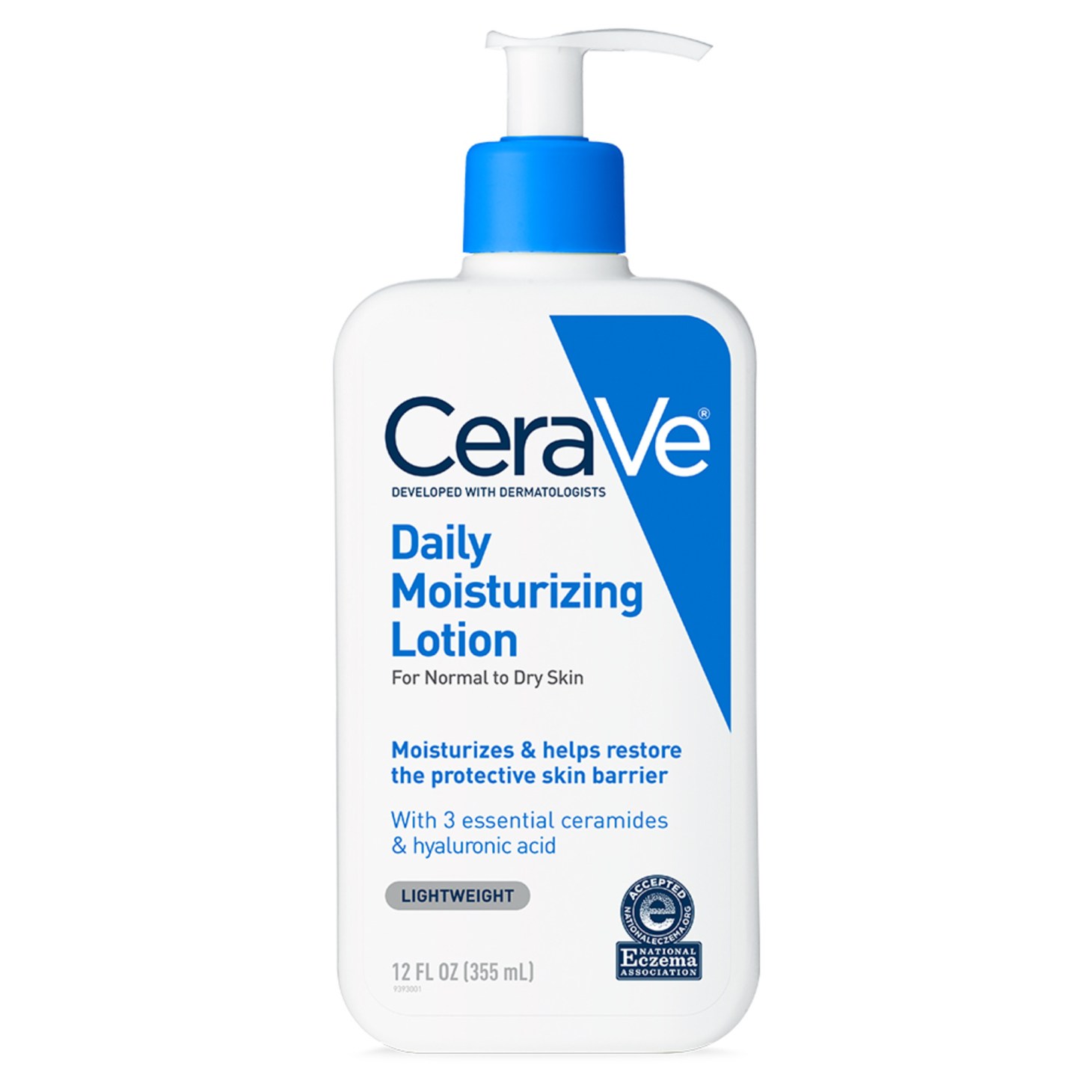
After months of hydrating your extra-dry skin with heavy, occlusive moisturizers, consider swapping them out for lighter formulations when the weather starts to turn. “In the spring and summer months, your skin will make more oil from the heat, and you can’t add more product on top of that,” says Joyce Davis, MD, a board-certified dermatologist in New York City. “If you have being using something thicker like a cream or an oil, you may want to change to a lighter lotion.” As far as ingredients go, you’ll want to look for something that will act as a humectant and draw water into your skin (without making it overly greasy), like petrolatum, hyaluronic acid, or lactic acid.
2. Opt for an oil-reducing cleanser
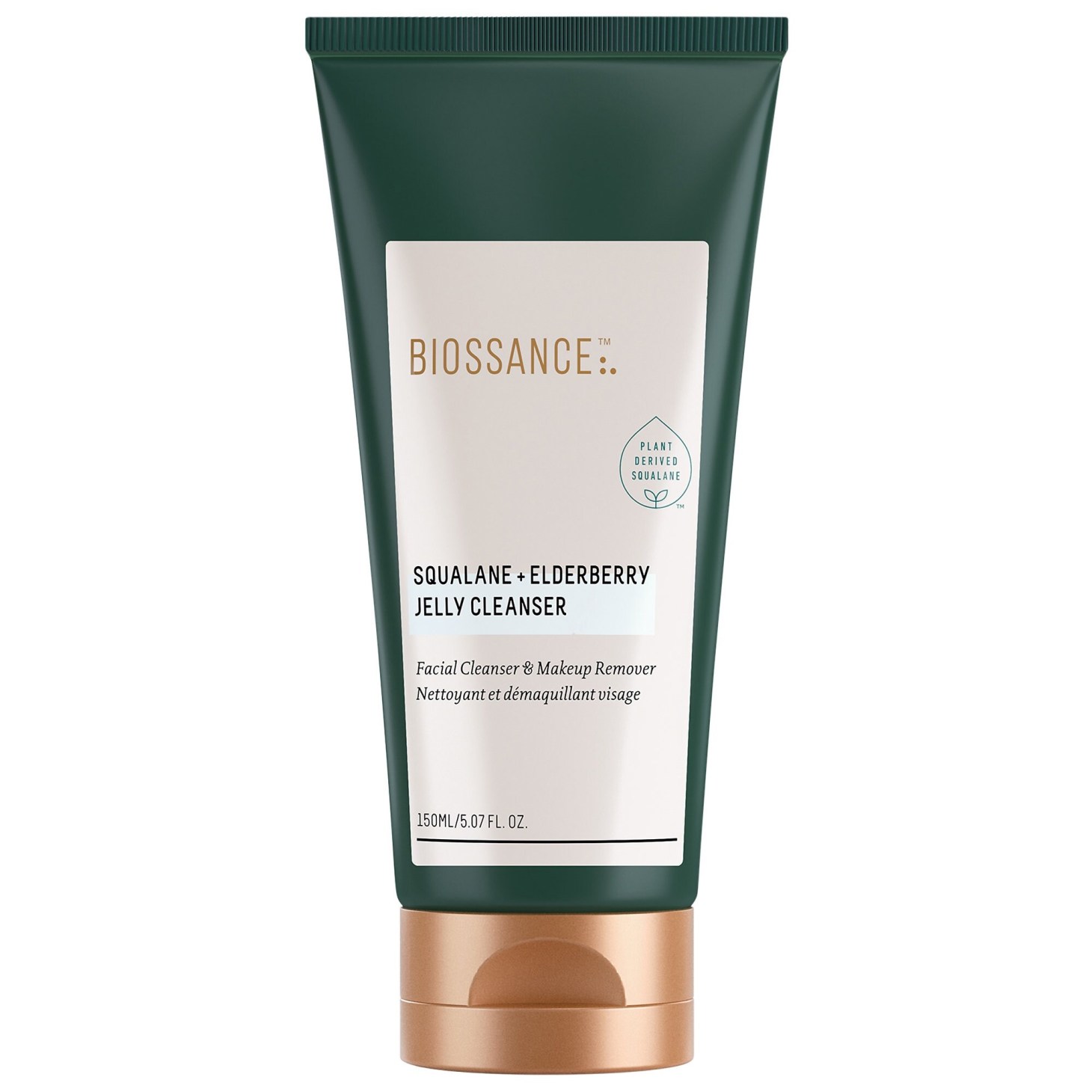
Since your skin tends to get oilier as humidity levels rise, your usual hydrating cleanser may not be able to do the job of keeping your complexion totally clear. “Consider a foaming cleanser or one that contains hydroxy acids to cleanse during warmer months,” says Joshua Zeichner, a board-certified dermatologist based in NYC, noting that these are better for cutting through dirt and oil than their creamy counterparts.
There’s a common misconception that foamy and gel-based cleansers are reserved for people with super oily skin, but that’s not necessarily the case. If you’re looking to go this route but are worried about drying out your skin, look for something sulfate-free that uses ingredients like sarcosinate, betaines, and amino-derived surfactants to get its lather (the one above is a great pick). And if you want to use a hydroxy acid, you should be fine with whatever formulation you choose, since it only stays on your skin for a few seconds before you wash it away.
3. Add in an exfoliant
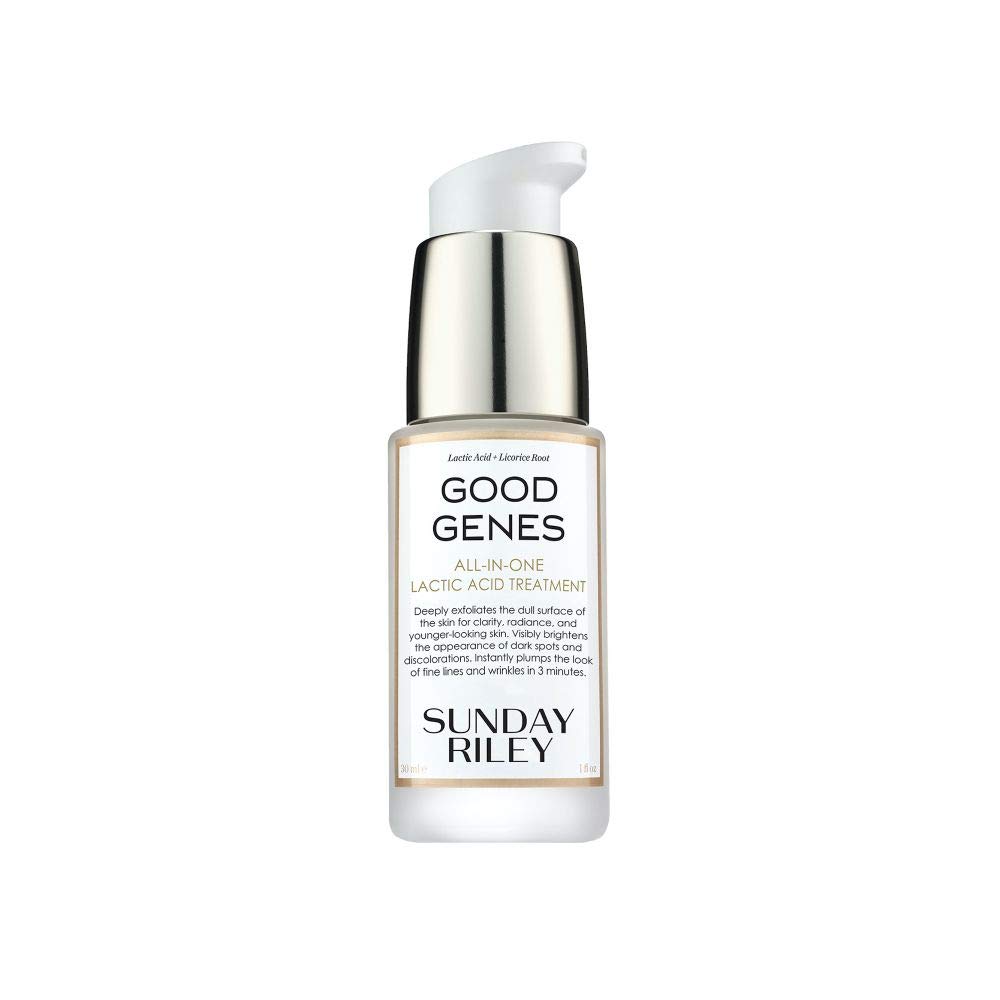
“Many people avoid exfoliation during the winter months because it can dry out the skin but as the weather warms up and the humidity increases we are better able to tolerate acids and stronger formulations of other active ingredients,” says Dr. King. “Spring is a great time to exfoliate and brighten the dull skin that has accumulated during the winter.” You can use either a chemical or physical exfoliant to remove dead skin cells from the surface of your skin, but if you need something non-irritating, opt for a gentle AHA like lactic or mandelic acid.
4. Consider vitamin C a non-negotiable
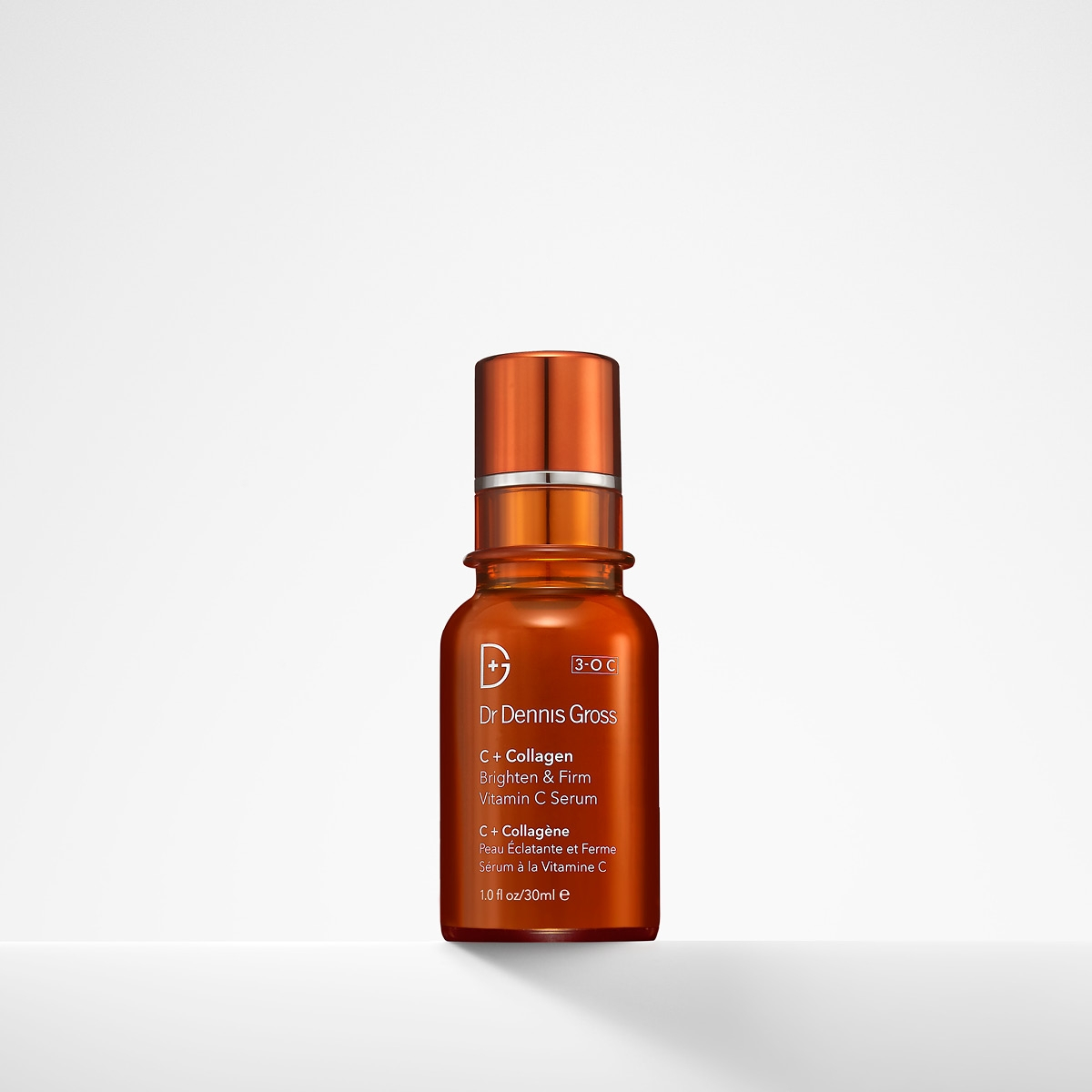
Antioxidants, like vitamin C, work all year to protect your skin from environmental elements like pollution and UV damage (two of the biggest contributors to signs of aging), but you’ll want to be extra sure to apply them every morning throughout the warm weather months. “Antioxidants can be used all year but they may be particularly helpful during the spring and summer to avoid sun damage and hyperpigmentation,” says Dr. King. “When the skin is exposed to UV rays from the sun, free radicals are generated that can damage DNA and accelerate the breakdown of collagen and elastin, and topical antioxidants like vitamin C can donate electrons to stabilize the free radicals and decrease sun damage.”
5. Amp up your retinoid
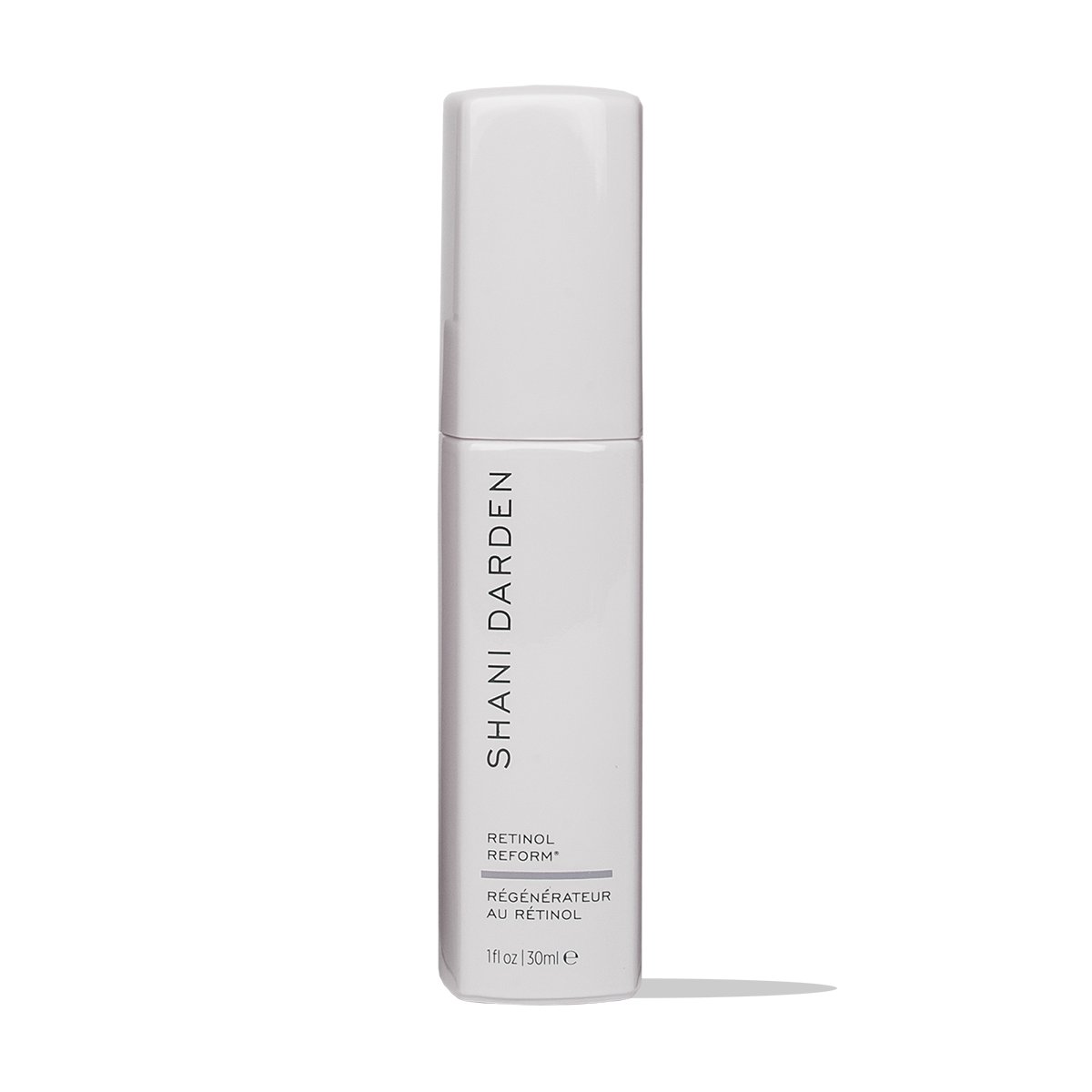
“Retinoids can be used year round, but increasing strength or frequency of use is often helpful, and more tolerable, in warmer weather to combat oil production and boost anti-aging,” says Dr. Farber. That said, it’s important to remember that retinol is sun sensitive (meaning it won’t work as well if you apply it during the day), so be sure to use it only as a part of your p.m. routine. And if you want something you can use in the morning, Dr. Zeichner suggests opting for bakuchiol, instead. “Bakuchiol is a botanical extract thought to stimulate collagen without the irritation or sun sensitizing effects of retinol,” he says. It is not as potent, but it is well tolerated by all skin types, even those who are sensitive.”
6. Wear sunscreen every. single. day.
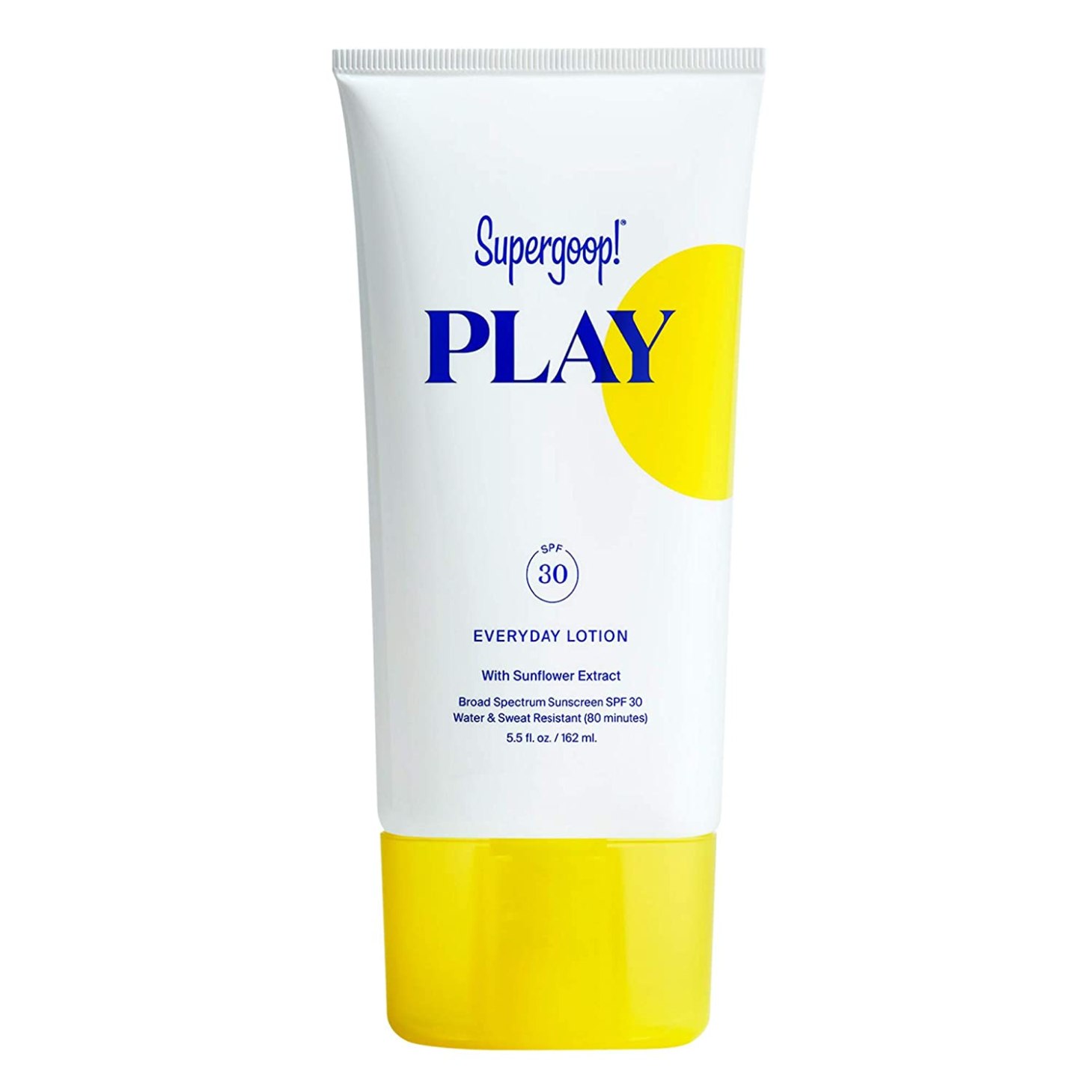
Sunscreen should be a part of your routine 365 days a year, but it’s especially important during the warmer months, when people tend to spend a whole lot more time outside. “Much of the sun damage that accumulates in our skin is the result of daily incidental sun exposure,” says Dr. King. “It’s important to wear SPF everyday, even in the winter, but as the weather warms up and we start spending more time outside, it’s even more important to make sure you are wearing SPF everyday and remembering to reapply.” Opt for a formulation that offers SPF 30 protection or higher, and be sure to apply (and re-apply) on every area that will be exposed to the sun.
To see what products a dermatologist uses in her own daily routine, check out the video below.
- Hadley King, MD, FAAD, board-certified dermatologist and clinical instructor of dermatology at Weill Medical College of Cornell University
- Joshua Zeichner, MD, director of cosmetic and clinical research in dermatology and associate professor of dermatology at Mount Sinai Hospital
- Michele Farber, MD, FAAD, board-certified dermatologist with Schweiger Dermatology Group
Want even more beauty intel from our editors? Join Well+Good's Fine Print Facebook group (and follow us on Instagram) for must-know tips and tricks.
Loading More Posts...